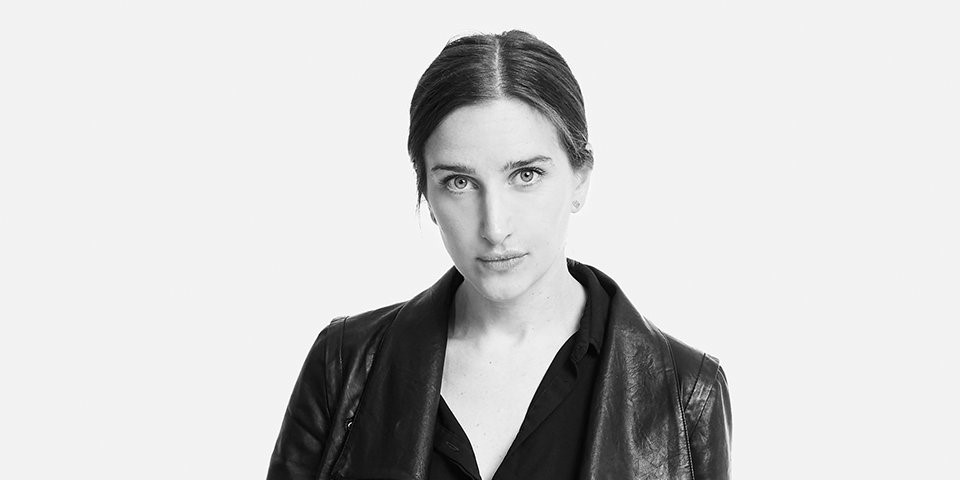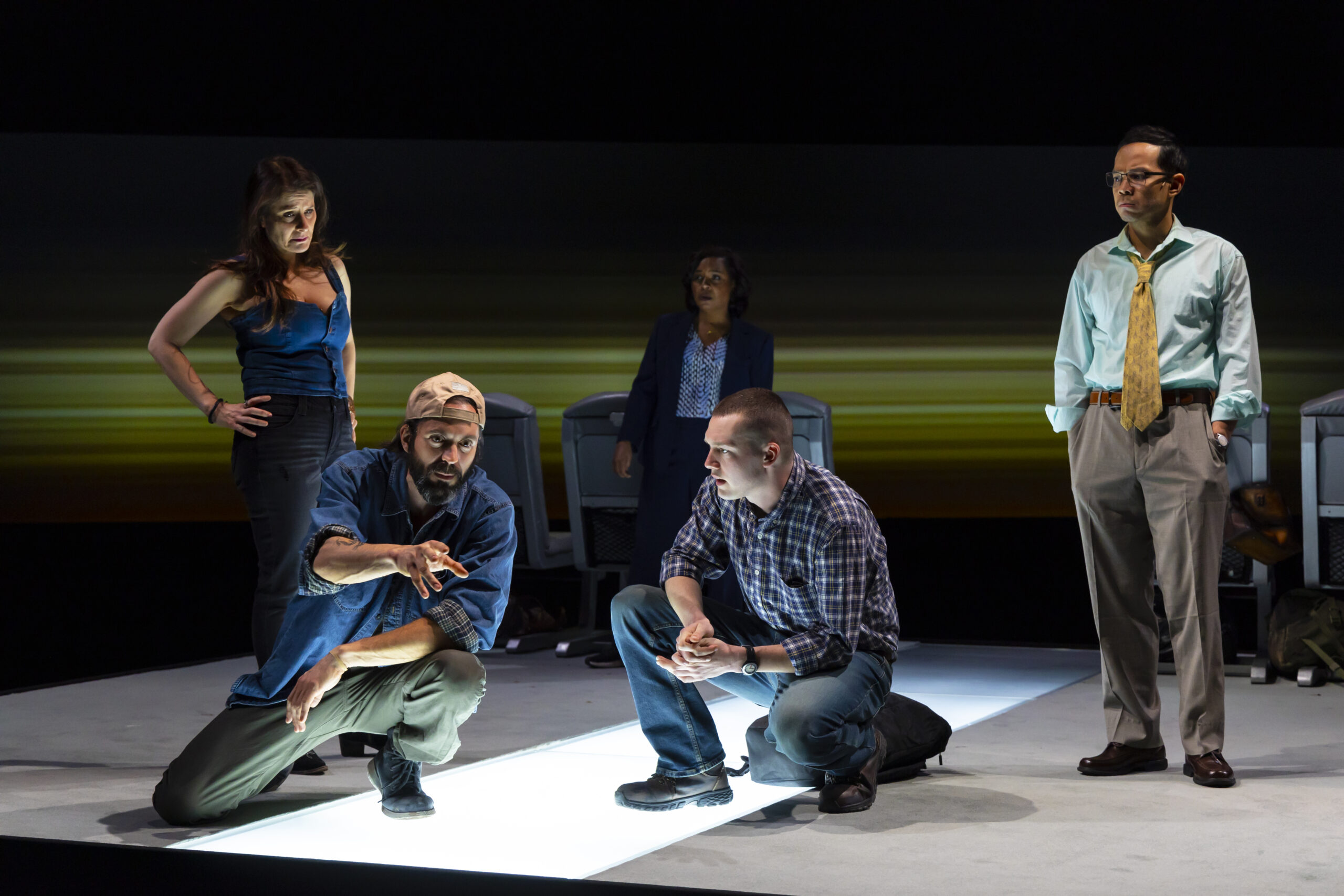Riding the rails: an interview with Tyne Rafaeli on directing a new play “The Coast Starlight”

Tyne Rafaeli is a name I’d been encountering a lot in New York theater circles for the past few years. She is an Anglo-American director whose credits include Sylvia Khoury’s “Selling Kabul,” Ming Peiffer’s “Usual Girls,” Craig Lucas’ “I Was Most Alive with You,” Martyna Majok’s “Ironbound” and Anna Ziegler’s “Actually.” In addition, her work has been seen at The Public, Manhattan Theatre Club, the Atlantic Theater Company and the Classic Stage Company. She started her New York career as an associate director on “The King and I,” “Golden Boy,” and “Nikolai and the Others.” At each stop along the way, she has earned acclaim from critics and audiences alike.
Her latest effort is Keith Bunin’s “The Coast Starlight” at Lincoln Center Theater at the Mitzi E. Newhouse. Writing in the New York Times, Alexis Soloski praised Rafaeli’s “steady and sympathetic hand” in directing the play, a pensive and, at times, comic take on loneliness and connection.

Talking via Zoom, I begin the conversation by asking Rafaeli what she looks for in deciding if she wants to take on a new play.

Brooklyn Heights
View MoreRead the Brooklyn Height's Press and Cobble Hill News. Find out more about Brooklyn Height's History here.